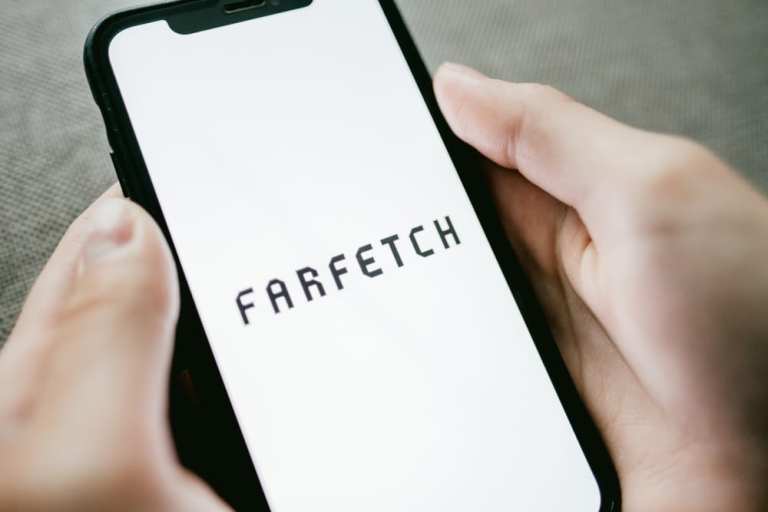
The luxury goods and apparel business looks to be poised for a comeback, driven in part by the consumer shift to Digital 3.0. The evidence can be seen in a new report from Bank of America and an earnings announcement from luxury apparel marketplace Farfetch.
It was the digital shift that drove a solid quarter for Farfetch. The company saw strong momentum in its business model marked by the acceleration of online adoption during the pandemic, attracting a record amount of new customers. By the numbers, Q2’s gross merchandise value (GMV) and digital platform growth rates increased by 48 percent and 34 percent year over year, respectively. Revenue increased 74 percent year over year to $365 million with a 44 percent gross profit margin and 35 percent digital platform order contribution margin, up 290 basis points and 690 basis points year over year, respectively. Digital platform GMV hit an all-time high at $651 million, and the site attracted more than half a million new consumers.
“We’re pleased to support such a large number of the world’s leading luxury brands who are leveraging our global platform to navigate the current landscape, including our top 20 direct brand e-concessions who, together, have benefitted from a doubling of sales year on year,” said José Neves, Farfetch founder, chairman and CEO. “I believe this ongoing acceleration behind our business results from a paradigm shift in luxury shopping, as the industry undergoes a major acceleration of the secular online adoption I envisioned in founding Farfetch. We at Farfetch remain dedicated toward helping the global fashion community navigate these unprecedented times, connecting luxury’s curators, creators and consumers, now and in the years to come.”
Meanwhile, a report from Bank Of America shows a severe drop in global luxury goods for Q2, but brighter days appear to be ahead. Revenue is expected to grow 16.6 percent next year, from a decline of 16.9 percent in 2020. The bank is betting that the pandemic will be under control by next year and that government-ordered lockdowns will ease.
“The expected revenue decline in 2020 is a result of the impact of COVID-19 on the sector. Given the extraordinary and ‘one-off’ nature of this headwind, we expect a strong rebound in revenue growth in 2021-22,” Bank of America reported. “We believe the underlying demand for luxury product remains solid, as shown by the strong bounceback in local consumption as countries come out of lockdown.”
The bank’s luxury demand indicator is down 50 percent in the second quarter, a significant increase from 19 percent in the first quarter. For Q3 2020, BoA expects to see an improvement, with the decline in revenue narrowing to 7 percent.
“In Q3, we expect a significant improvement in revenue trends/sales densities as retail stores reopen,” the report said. “European and American consumers both appear back to growth in July, while the Chinese consumer overall still remains negative.”
The Wall Street Journal reports that almost all luxury brands suffered revenue drops of more than 20 percent in the first half, as boutiques were closed for months and big-spending shoppers couldn’t travel. “But the industry’s biggest brands – Louis Vuitton, Dior, Hermès and some others – have held up better than the industry as a whole and taken market share in the crisis.”